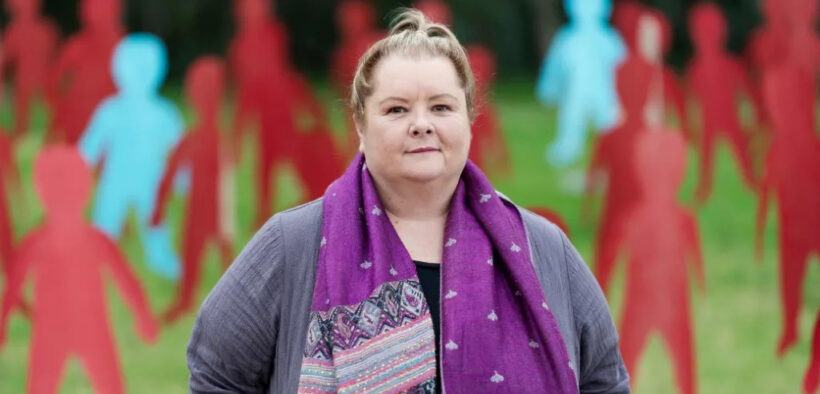Share

Magda’s Big National Health Check started on the ABC this week and it has reignited the conversation about the state of the nation’s health.
The series began with a particular focus on the forces that are holding us back from optimal physical health. And it wasn’t long before the subject of advertising junk food to children came up.
What are the rules around advertising junk food to kids?
In Australia, the Australian Association of National Advertisers (AANA) has codes around food and beverage advertising to children, which the industry uses to self-regulate.
The codes say that advertising or marketing communication to children “must neither encourage nor promote an inactive lifestyle or unhealthy eating or drinking habits”.
Advertising where 25 percent or more of the predicted audience will be children is not supposed to promote “Occasional Food or Beverage Products” (treats) at all.
But Magda’s Big National Health Check highlights how outdoor ads are slipping through the cracks, tantalising children with junk food messaging when they’re out in public.
Magda’s Big National Health Check weighs in on unhealthy advertising
In the first episode, VicHealth CEO Sandro Demaio joins host Magda Szubanski episode to investigate the problem.
Demaio walks around Melbourne CBD with an eight-year-old wearing AI-powered glasses that track his gaze and attention. The glasses can detect what is coming into the child’s field of vision, while collecting data on the duration of his gaze and dilation of his pupils.
The results? The child’s interest piques when he sees a tram advertising potato chips.
“The data collected here provides a detailed picture of exactly how our kids are being set up for a life-long love affair with junk food,” Szubanski says after the experiment.
While it’s unclear how much the kid knew about the test he was participating in, the program highlights the ease with which junk food advertising can target – and is targeting – children, despite the Australian codes.
“Some countries around the world are now banning junk food advertising in places where children may be susceptible, including at sporting venues, in children’s programming and on public transport,” Szubanski says.
“And they’ve shown that it works. Children are, in fact, consuming less junk food. But Australia has a long way to go compared with other countries.”
Some action in Australia
Unhealthy food cannot be advertised on government-run bus services and light rail in the ACT. From April 2019, Queensland also prohibited the advertising of unhealthy food and drink on state government advertising spaces.
Not all states have followed suit and public health advocates have been calling for a wider ban to help tackle childhood obesity for the last decade.
In 2021, the Obesity Policy Coalition – established by VicHealth, Cancer Council Victoria, Diabetes Victoria and The Global Obesity Centre – called again for public spaces and events to be free from unhealthy food marketing in its ‘Brands off our Kids!’ campaign.
The change they want might be coming – at least some time in the next ten years.
Reducing exposure to unhealthy food and drink marketing for children, and all Australians, is on the National Obesity Strategy for 2022–2032.
With support from a national treasure on Magda’s Big National Health Check, the ABC and VicHealth have brought the issue back to the public’s attention for now. Whether this momentum continues is yet to be seen.
Photo: ABC















